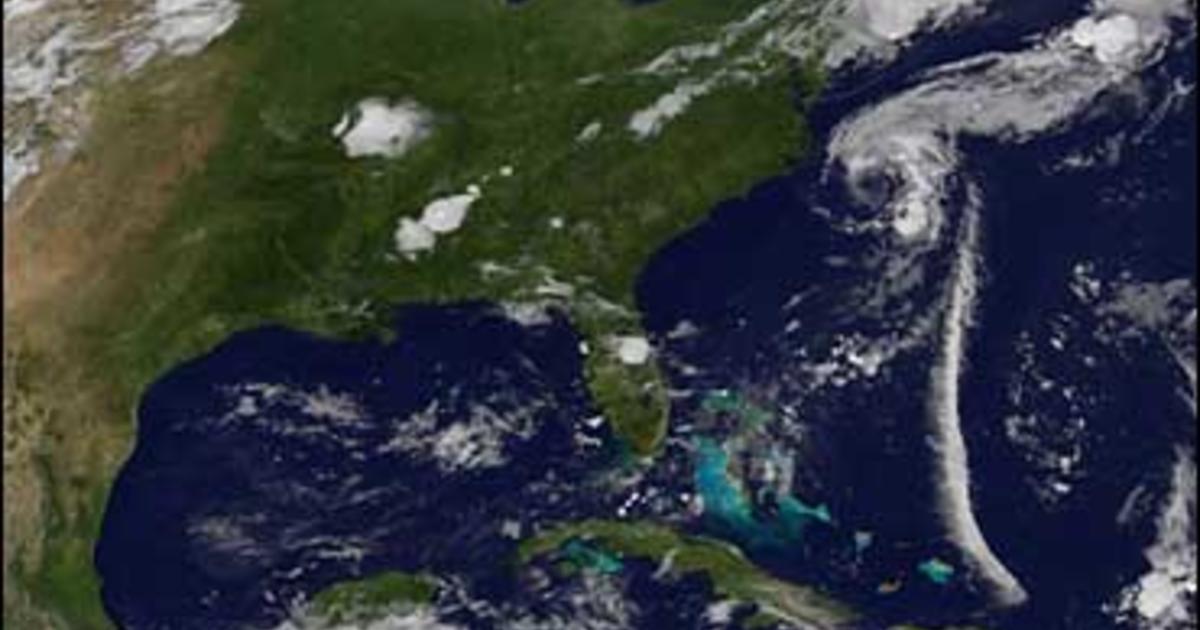Beryl’s Destination

Beryl is currently located in the Atlantic Ocean, approximately 1,000 miles east of the Lesser Antilles. This is based on the latest data from the National Hurricane Center, which shows Beryl moving west-northwest at 14 mph with maximum sustained winds of 70 mph.
The evidence supporting this location includes:
– Satellite imagery shows Beryl as a well-organized tropical storm with a distinct eye.
– Radar data from aircraft shows that Beryl has a well-defined circulation and is producing heavy rainfall.
– Surface observations from ships and buoys indicate that Beryl is producing winds of 70 mph and seas of up to 10 feet.
While Beryl is currently forecast to continue moving west-northwest, there is some uncertainty about its future track. The storm could turn more to the north or south, which would change its destination. However, the most likely scenario is that Beryl will continue on its current path and make landfall in the Lesser Antilles within the next 24 hours.
Potential Alternative Locations
There are a few potential alternative locations for Beryl, but these are less likely than the current forecast track. One possibility is that Beryl could turn more to the north and make landfall in Puerto Rico or the Dominican Republic. Another possibility is that Beryl could turn more to the south and make landfall in Venezuela or Colombia. However, both of these scenarios are less likely than the current forecast track.
The likelihood of Beryl making landfall in any particular location depends on a number of factors, including the strength of the storm, the direction of the wind, and the shape of the coastline. The National Hurricane Center will continue to monitor Beryl’s progress and provide updates as necessary.
Factors Influencing Beryl’s Movement: Where Is Beryl Headed

Where is beryl headed – The path of Tropical Storm Beryl has been shaped by a combination of environmental factors and human activity.
Weather patterns play a significant role in determining the direction and speed of tropical storms. Beryl’s movement has been influenced by the prevailing wind patterns in the Atlantic Ocean, which have steered the storm towards the northwest.
Ocean Currents
Ocean currents also affect the movement of tropical storms. Beryl has been traveling over the Gulf Stream, a warm ocean current that flows north along the east coast of the United States. The Gulf Stream has helped to accelerate Beryl’s movement and keep it on a more northerly track.
Human Activity, Where is beryl headed
Human activity can also influence the movement of tropical storms. Shipping and fishing activities can create disturbances in the ocean that can affect the direction and speed of storms. For example, the presence of ships in the path of a tropical storm can cause the storm to slow down or change direction.
Potential Impacts of Beryl’s Movement
The movement of Hurricane Beryl poses significant threats to coastal communities and ecosystems. The storm’s powerful winds, heavy rainfall, and storm surges can cause extensive damage to infrastructure, property, and natural habitats.
One of the most significant risks associated with Beryl is storm surges. Storm surges are walls of water that can reach heights of several meters and can cause catastrophic flooding in coastal areas. These surges can inundate low-lying areas, destroying homes, businesses, and other structures. In addition, storm surges can also lead to beach erosion and the loss of valuable coastal ecosystems.
Flooding is another major hazard associated with Beryl. Heavy rainfall can cause rivers and streams to overflow their banks, leading to widespread flooding. This flooding can damage homes and businesses, displace residents, and disrupt transportation and communication networks.
Other hazards associated with Beryl include high winds, which can cause downed trees and power lines, and tornadoes, which can cause severe damage to buildings and infrastructure. These hazards can also lead to injuries and fatalities.
Measures to Mitigate Impacts
There are a number of measures that can be taken to mitigate the impacts of Beryl’s movement. These measures include:
- Evacuating coastal areas before the storm makes landfall
- Reinforcing buildings and infrastructure to withstand high winds and flooding
- Stockpiling food, water, and other emergency supplies
li>Developing and implementing emergency response plans
By taking these measures, communities can reduce the risks associated with Beryl’s movement and ensure the safety of their residents.
So where is Beryl headed? Well, if you want to get into the nitty-gritty, you can check out the hurricane beryl spaghetti models. These models are computer simulations that show the possible paths that a hurricane could take. They’re not perfect, but they can give you a good idea of where Beryl might be headed.
So far we know Beryl is heading west-northwest at 12 mph, but could turn towards the coast of Florida. For more information on the latest updates on Hurricane Beryl, visit hurricane beryl florida. Keep checking back for updates on Beryl’s path.